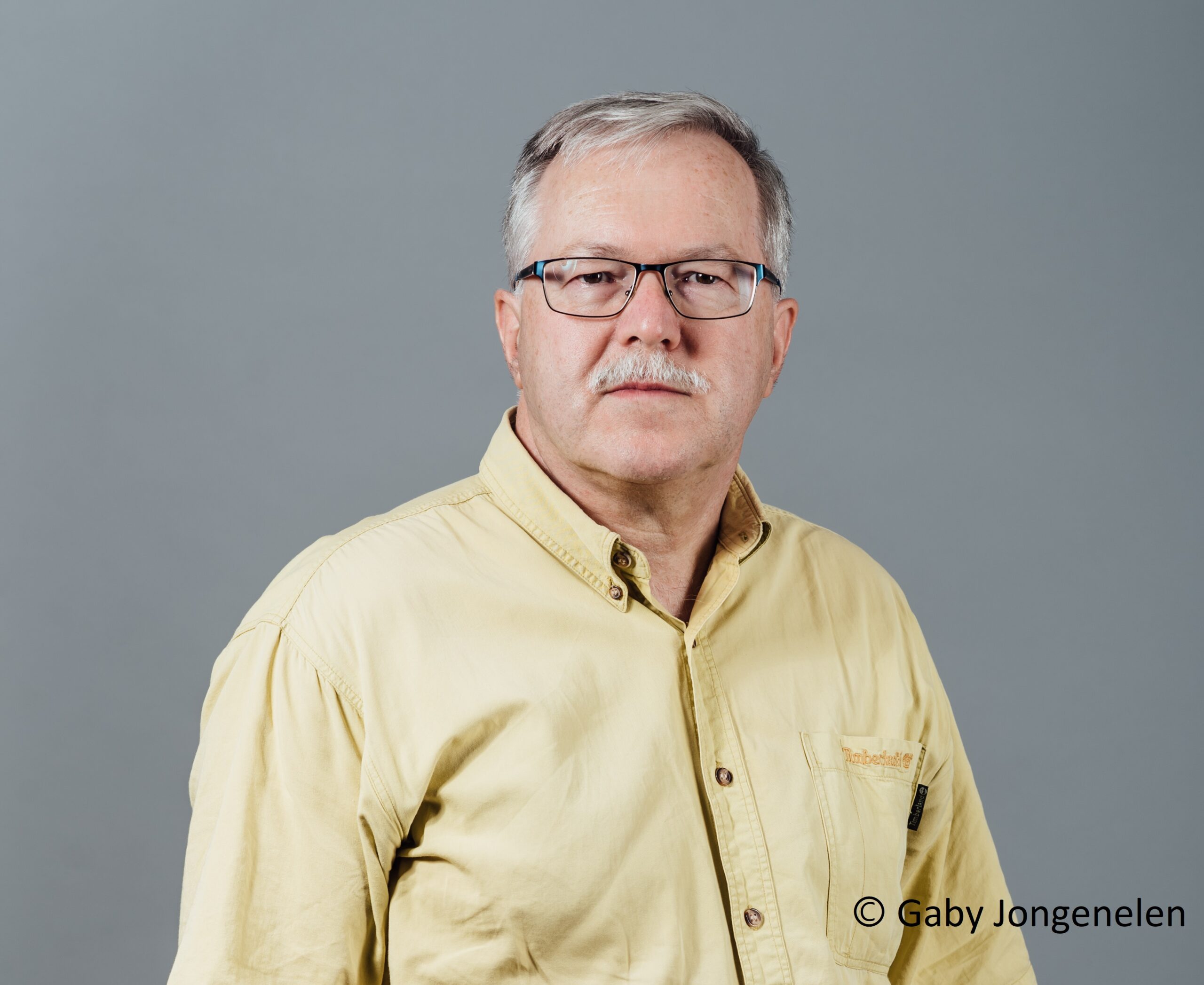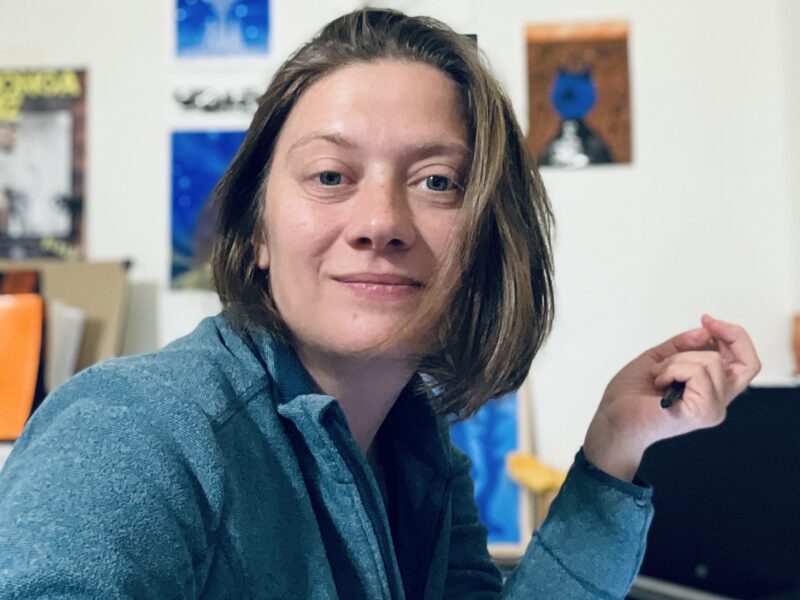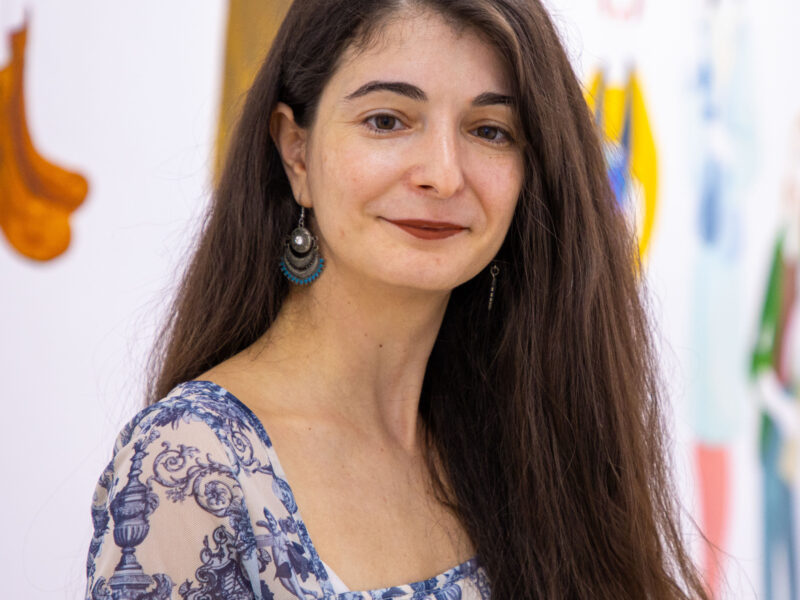Jan Willem Bos is a translator from Romanian to Dutch, interpreter, writer, journalist, and lexicographer. He studied Romanian language and literature at the University of Amsterdam and at the University of Bucharest, where he worked as a Dutch lecturer between 1982 and 1984. He translated over 30 volumes, including books written by Mircea Cărtărescu, Mihail Sebastian, Urmuz, Mateiu I. Caragiale, or Varujan Vosganian. As a token of appreciation and gratitude for his efforts to promote Romanian literature and culture he received numerous awards, both from Romanian and from Dutch institutions, such as the Romanian Business Award (2018) and the Martinus Nijhoff translation prize (2019 – offered by the Prins Bernhard Cultuurfonds). In 2018 he also received the Order of Cultural Merit in the rank of Grand Officer from the president of Romania, for his services in the cultural domain.
You studied Romanian language at the University of Amsterdam, where Sorin Alexandrescu taught. He was not only your professor, but also your mentor, as you once mentioned, the one who cultivated a love for the Romanian culture in you. For a Letters alumna (from the Bucharest department) this meeting almost sounds like a fantasy. What was a day in your life as a student like?
The Romanian language and literature department, which was a part of the French department, was very small and I had a small number of classmates – and only during the first years of study. After that it was almost as though I was receiving private lessons. As a result, I had to work on my own a lot, which meant staying at home (I rented a room in an old house on the canal) and reading. At the same time, I was well integrated into the social life in Amsterdam; I grew up and I went to high school in that dear city, and I had many friends. I also did other things: together with some friends I published a magazine which was intended to be a literary one, I translated touristic leaflets for Publiturism and I played football (badly!) every weekend. And I did the dishes in a restaurant in order to save money for my annual trips in Romania. Towards the end of college I began to translate literary texts.
You mentioned in an interview from a few years ago that you debuted as a translator from Romanian with Lunga călătorie a prizonierului/The Long journey of the prisoner by Sorin Titel, followed by Operele complete/The Complete Works by Urmuz. That was at the beginning of the 1980s. Then, on the list of authors translated into Dutch you added Mateiu I. Caragiale (Craii de Curtea-Veche/The Old Court Rakes), Mihail Sebastian (De două mii de ani/For Two Thousand Years), Varujan Vosganian (Cartea șoaptelor/The Book of Whispers). How did you manage to convince the publishing houses to add them to their portfolios?
Most of the books I translated were suggested to various publishing houses by me. Sometimes I had to insist a bit... This is how I managed to convince the manager of the Pegasus publishing house to publish Cartea șoaptelor/The Book of Whispers by Varujan Vosganian. Of course, it mattered a lot that the novel had already been translated in many other languages, a powerful argument when confronted with a hesitating publishing house. Other books were chosen by the publishing house, usually after that author had already achieved success in other countries or if there had been another reason to publish a certain novel. An example from the first category was De două mii de ani/For Two Thousand Years by Mihail Sebastian, released in Holland at the Bezige Bij publishing house in 2018 as Sinds tweeduizend jaar. The publishing house showed an interest in the novel after it had been successfully published in England, in the translation of Philip Ó Ceallaigh. Sometimes a book is chosen for translation due to extraliterary reasons, such as Tinerețe fără tinerețe by Mircea Eliade, translated after the feature film Youth Without Youthwas announced, based on this novella, and made by the famous director Francis Ford Coppola. The publishing house thought that a movie by Coppola would automatically bring with it a great interest in the book, but it wasn’t really like that. In Holland, the movie was not even available in theatres, it was only released on DVD. An interesting case was the novel Orbitor/Blinding by Mircea Cărtărescu. I had been trying to find a publishing house willing to publish the trilogy for a few years, but all of them decided against it when they found out that it was a novel of almost 1500 pages. The great turn was the moment when the first volume was released in Germany, in the brilliant translation of Gerhard Csejka, received with praise by the German press. After that, five Dutch publishing houses called to ask me if I was available to translate Cărtărescu. In the end, the three volumes were released at the Bezige Bij publishing house. Craii de Curtea-Veche/The Old Court Rakes was a personal ambition from my college days. It was among my favourite books and I reread it many times, always with the same pleasure. Naturally, then came the wish to translate it – and thankfully the Pegasus publishing house accepted my proposal. I want to add that this book was incredibly well received by the critics, with many laudatory reviews.
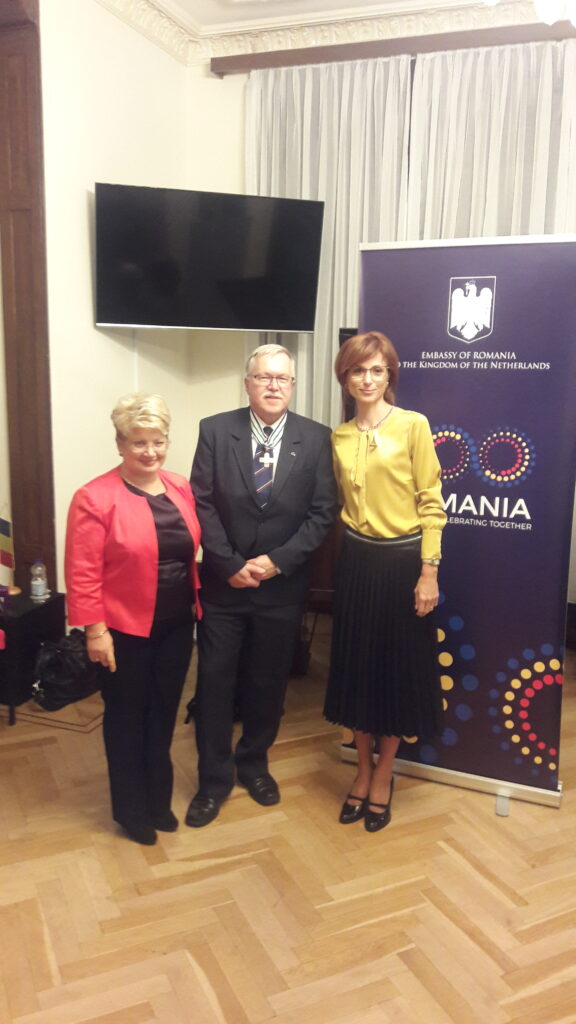
In 2014, together with the poet and translator Jan H. Mysjkin, you translated and published some of the stories written by Ion Creangă. It seems like a more adventurous experiment that the adventures of Harap-Alb. How did you manage when it came to the regionalisms and what kind of feedback did you receive from the public?
Publishing Creangă’s fairy-tales was more like a coincidence. A Flemish foundation asked me to translate Povestea lui Harap-Alb/The Story of White-Moor for a project which targeted the release of a series of fairy-tales from various countries. Of course, it’s extremely hard or downright impossible to find convincing equivalent words for Creangă’s popular vocabulary. I did not choose a Dutch or Flemish dialect (first of all because I don’t know any of them), but a more popular language, which turned out pretty well, judging by the readers’ reactions. Then I found out that Jan Mysjkin had translated all the fairytales written by Creangă, except for Povestea lui Harap-Alb. Therefore we had all the more reason to create a volume.
Coming back to the translation of Orbitor, did you collaborate with Mircea Cărtărescu during the process of the translation? By extension, do you usually keep in touch with the Romanian writers whose books you translate (when it’s possible, of course)?
I can’t say that it was a collaboration. I asked him two or three things I didn’t know which had to do with the Romanian reality – television programmes, children’s games. Other than that, my issues – significant – regarding the translation of Orbitor had more to do with the Dutch language; Mircea couldn’t help me there. We know each other well, we have been friends for many years, and we meet whenever we have the chance, but we mostly chat, we do not talk about the challenges of translation. I know many Romanian writers and I’m glad that, thanks to them, I have a direct contact with the literary world in Romania.
I know that some Romanian publishing houses have difficulties in finding not only translators from “exotic” languages, but also copy editors. In many cases, the editing is based on an English or a French translation. What is it like for the Dutch translations? How do you collaborate with the copy editors?
Generally, the publishing houses in the Dutch-speaking region, namely in the Netherlands and in Flanders, work with external copy editors who correct the manuscripts, especially when it comes to translations. A few days ago I received the corrected manuscript of the translation for the novel Solenoidby Mircea Cărtărescu for Bezige Bij. The copy editor offered many useful suggestions and they corrected my slip-ups; from their comments I understood that they also used the Romanian text, despite the fact that they don’t understand the language. But because they know various other languages, they were able to check a few spellings from the source text. As far as I know, no Romanian speaker works at the literary editorial boards in Holland and Belgium.
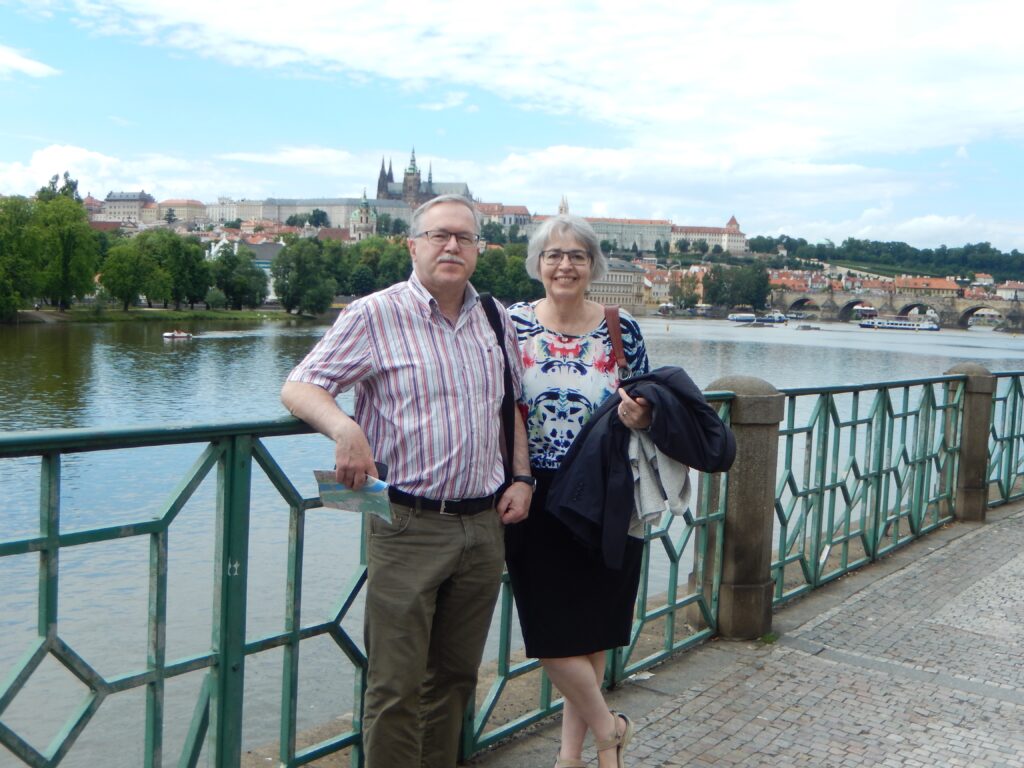
You have established a publishing house where you publish translations of some Romanian writers, several of your own books and the books of your wife, Cornelia Golna. How did the Go-Bos publishing house come to be?
Our daughter, Laura, studied piano and she was a conductor for the Rotterdam Conservatory, where her piano professor was Michael Davidson, originally from Canada, with whom we became friends. Davidson had written a book about the interpretation of Mozart’s works for piano solo, for which he couldn’t find a publishing house. We thought about a way to help him and we decided to establish a publishing house. This is how Go-Bos Press came to be, in 1998, with Go for Golna, but also with the meaning of “come on”. After Mozart and The Pianist by Michael Davidson, I published the books you talked about, but also the volume Noi rădăcini/New roots by Claudia Marcu and Alexandru Iosup, with the personal stories of some Romanian authors who settled in Holland. At Go-Bos Press I also published the Dictionary for legal and economic terms, Dutch-Romanian, Romanian-Dutch , written by me. I recently published the translation in Aromanian of Cornelia’s novel, Tainted Heroes, translated by Maria Bara as Iroi lãspusits. And with the book Blanke-Moor en andere sprookjes (White-Moor and other fairytales), the publishing house turned out to be useful once again.
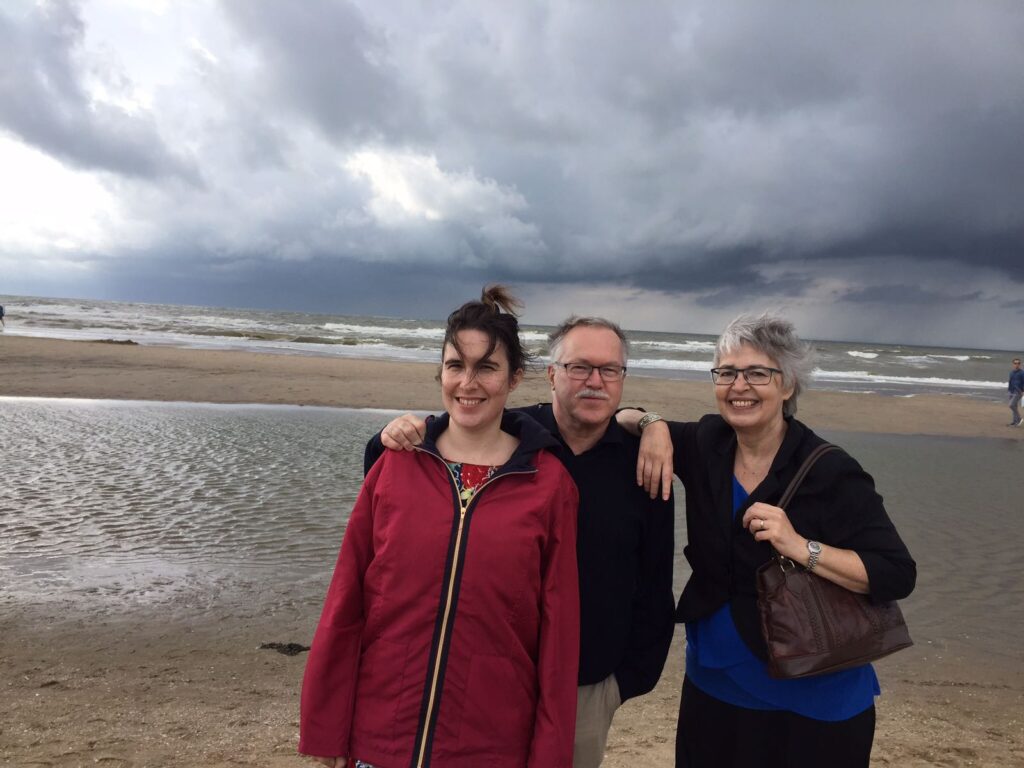
Do you keep in touch with the Romanian cultural institutions? I am thinking about public entities (such as ICR [The Romanian Cultural Institute]) which offers subventions for translations), about publishing houses (which sometimes own the copyrights). Do they get involved in your activity?
I had encounters with the ICR throughout the years, but not very often. Of course, the subventions offered by the ICR for the Romanian literary translations are very important, but the publishing houses receive them, not the translators. I collaborated very well with ICR Bruxelles, which, besides Belgium, also covers Luxembourg and the Netherlands. Sadly, the plans of establishing an ICR branch in Holland were suspended, probably permanently. The teams from Bruxelles always tried to help me with presentations, book launches etc., but sadly, in the past few years, everything came to a halt due to the pandemic. I must emphasize that at the Romanian Embassy from Hague I have always found the willingness and the availability of the ambassadors and of the cultural attachés for the various cultural projects.
You are a regular guest of the International Literature and Translation Festival from Iași (FILIT). What experiences did you have there until now and what is the purpose of such a festival in the dynamic of the cultural exchanges you undertake?
FILIT is a wonderful festival, in which I participated many times, including this year. It is like a breath of fresh air for any translator (and/or writer) to have a direct contact with their readership and with their colleagues. It’s a great source of inspiration for me. And the enthusiasm of the public from Iași, mostly very young, gives me the courage to believe that literature – a form of art so necessary for humanity – has a future. And it is obviously very helpful that in all of the editions I attended, the festival was very well organized, thanks to the efforts made by the team and by the volunteers.
Besides your activity as a translator you are also a writer dedicated to the Romanian culture, you published essays, autobiographical volumes, and bilingual dictionaries. The Romanian readers had the chance of discovering you through other texts, in Suspect. Dosarul meu de la securitate/Suspect, my file at the Security (translated by Alexa Stoicescu and published in 2013 at Trei) and in the collective volume Str. Revoluției nr. 89/The Revolution Street #89, published at Polirom and coordinated by Dan Lungu and Lucian Dan Teodorovici. What was it like as an “imported” writer in the language from which you translate? How did you come to collaborate with Trei and Polirom?
Throughout the years I have written approximately 150 articles about Romania: literature, culture in general, history, politics, society etc., which I published in the Dutch press, including the Roemenië Bulletin, a bimonthly magazine which I published for 12 years together with Sorin Alexandrescu, André Kom and Cornelia Golna. The idea for Suspect came to me after I saw my Security record, which was pretty thick – and it had pictures! When I had it in front of my eyes, I immediately thought that it was a personal history which was worth sharing with others. After the book Verdacht. Mijn Securitatedossier was published in Holland (at the Atlas publishing house), I thought that there might be an interest for it in Romania too. My agent, Livia Stoia, helped me find a publishing house. Then, after the release of the translation into Romanian, I came to Bucharest, where the people from Trei had prepared a program filled with book launches and interviews. I did not work directly with Polirom. The text about the revolution was requested by Dan Lungu, one of the editors of the book you mentioned. Dan Lungu is a writer I appreciate a lot, but I did not manage to find a publishing house for him yet.
You wrote, directly into Romanian, a volume of memoirs about the relationship between Romanian literature and culture. How did it come to be and what is its story?
I reached an age at which one has the tendency to look back. And looking back, I can’t deny the fact that both my personal and my professional life are intertwined with Romania and with its recent history. I visit Romania very often, I have been doing so ever since 1974, I lived there for three years during the communist period, as a student and then as a Dutch lecturer. I met Cornelia there, who has Romanian and Aromanian roots, I have many Romanian friends, in Romania and in Holland, and I have earned my living almost entirely with the help of the Romanian language and literature. By organizing some conferences about my Romanian experience, I realized that the Romanian public might be interested in my stories. This is how the idea for a Romanian autobiography came to be. When writing it, I used my old articles and a few of my texts which had already been translated into Romanian. I have just finished it and I am happy to announce that it will be published at Humanitas, in the beginning of 2022.
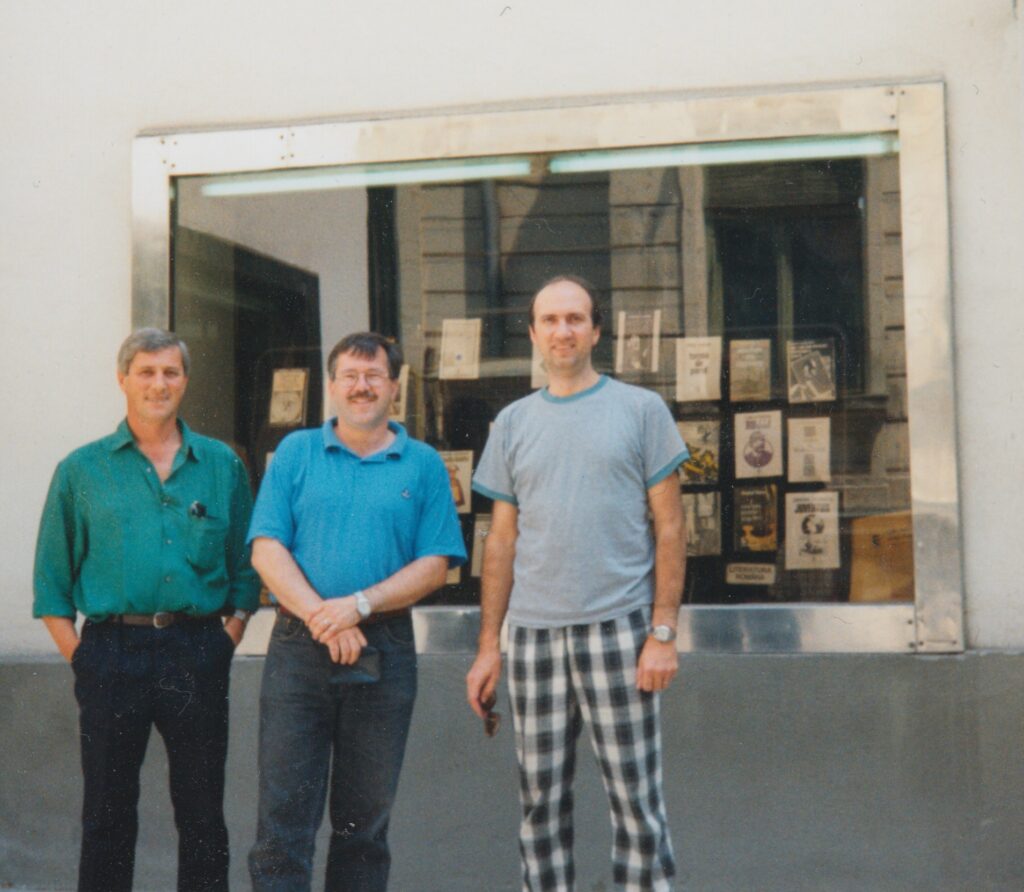
What are you working on now and what do you wish to translate but you did not manage to yet?
I have been working as a mentor for young translators from Romanian to Dutch and from Dutch to Romanian for a few years, mostly in an official mentorship program offered by the Letters Foundation in Holland and by the Expertise Centre for Literary Translations. I was a mentor for Charlotte van Rooden, chosen to be my successor, who debuted last year with Dama de cupă (Hartenvrouw/The Queen of Hearts) by Iulian Ciocan, the first novel from the Bessarabian literature translated into Dutch. And it is a pleasure for me to read and to sometimes edit the translations from Dutch signed by my young colleagues from Romania: Alexa Stoicescu, Irina Vasilache-Anton, Oana Marin, Cătălina Oșlobeanu. Yes, more translations from Dutch into Romanian are made than the other way around. I have reasons for my envy. Right now, I am not working on any new translation projects. I am working on Nopțile/Nights by Alexandru Macedonski when my brain does not need to pay too much attention. I could suggest a long list of Romanian books which seem interesting to me, classical and contemporary, but I learned to accept, regretfully, that my ambitions regarding Romanian literature will always exceed the possibilities and the requests of the Dutch publishing houses.
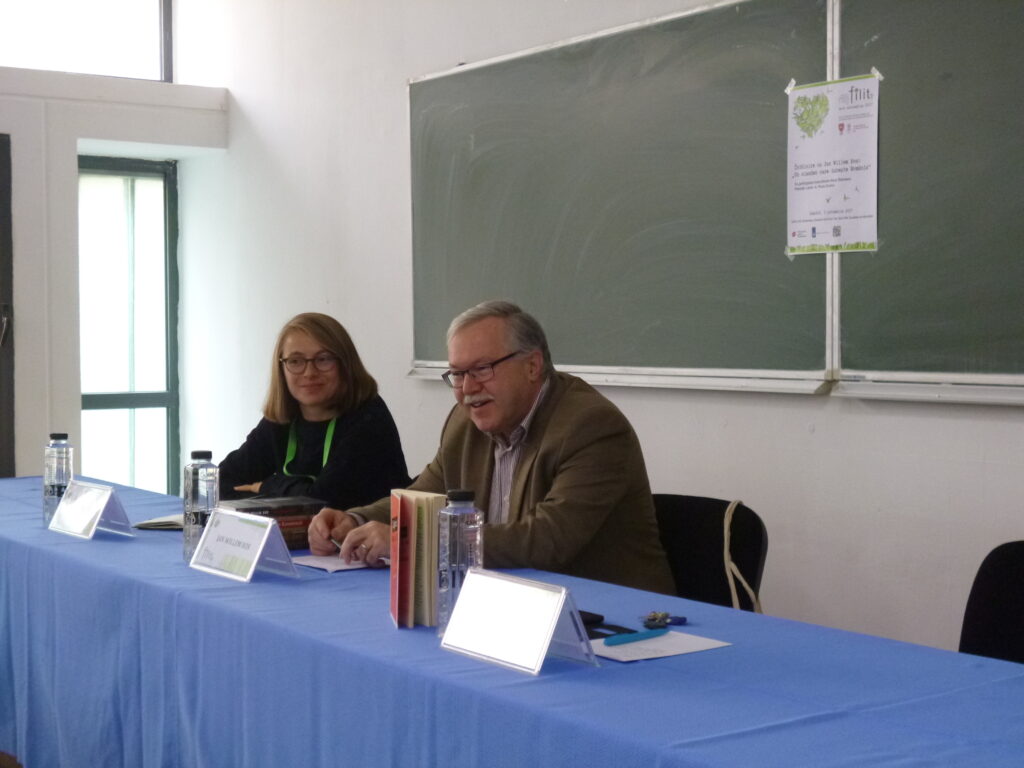
The photos belong to Jan Willem Bos. [Translated into English by Irina-Adelina Găinușă.]

